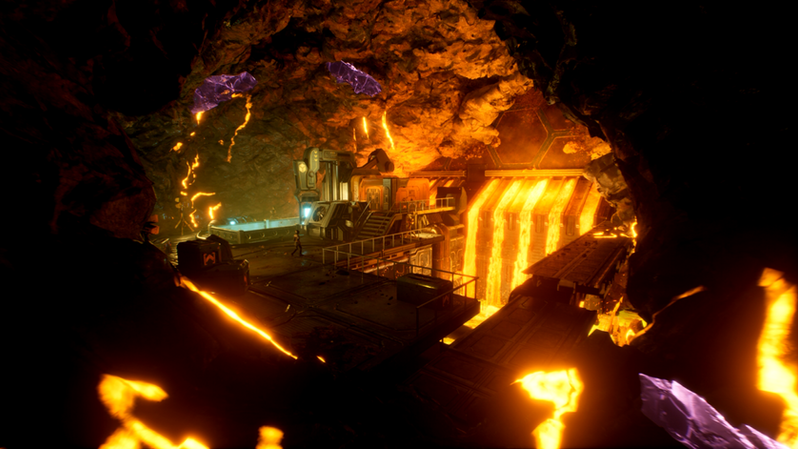top of page
Powered by houdini, rendered in unreal 5
View the 80.lv article here
The Houdini process:

The Foundation
The first hurdle I ran into was finding a consistent way to deal with automatically orienting any box that the HDA was fed in order to consistently convert the box into scaffolding. I created a small tool to find and store the orientation of any box, then snap the box to a 90 angle based on its longest axis. After the scaffolding is created, its then oriented back to its stored angle and position.
Orienting the box
Creating a wireframe to work from

Crossbars and fences
Crossbars and fences are procedurally generated from a set of rules and patterns based on the foundation. I created multiple preset patterns for users to pick from.
All assets are given random UV positons as well as vertex colors to add breakup and variation. The vertex colors for the floorboards and crossbars drive the hue, saturation, and brightness of the later applied tiling textures

Floorboards
The floorboards are created by copying modified cubes to points. The user can specify the number of rows of boards. The user may also replace the boards with their own custom meshes. The meshes are automatically oriented, then scaled to match the bounding box of each floorboard.

Wires, Tarps, and caution Tape
These assets are all simulated and given vertex values to drive their color, as well as an alpha value to drive wind strength in unreal engine. The alpha value is based on their proximity to other parts of the scaffolding to prevent intersections when the wind shader is applied. The further away from other meshes, the higher the wind value.
Small helix-like meshes are also generated based on pole radius and position to make the caution tape look like its wrapping around the poles

The User Interface
For the sake of nodes
A run-through of every node network
Other Projects:
bottom of page









